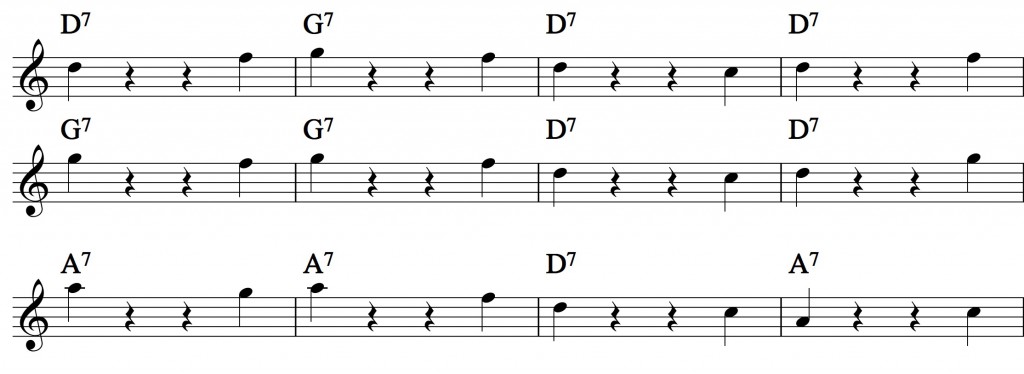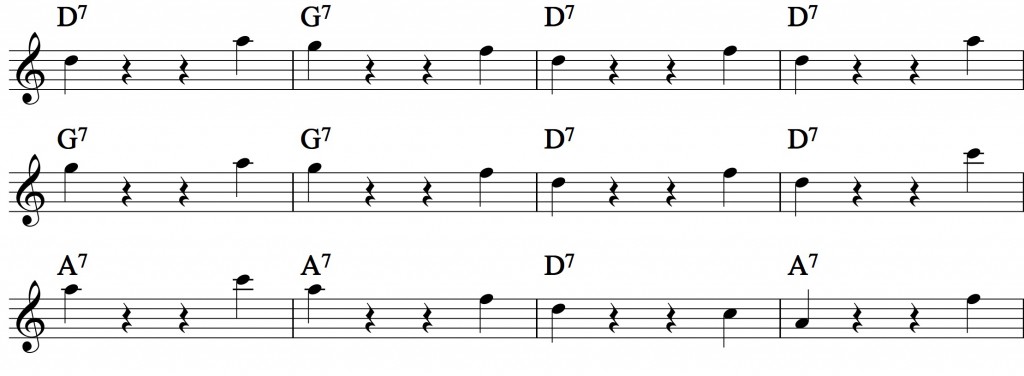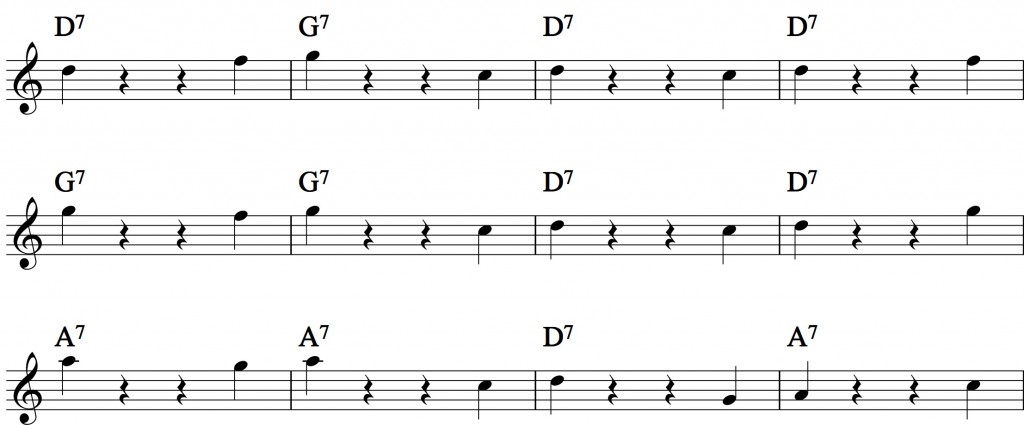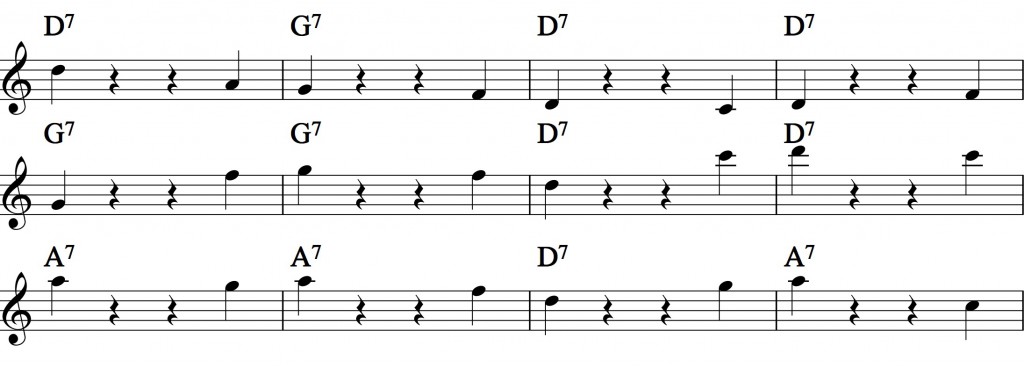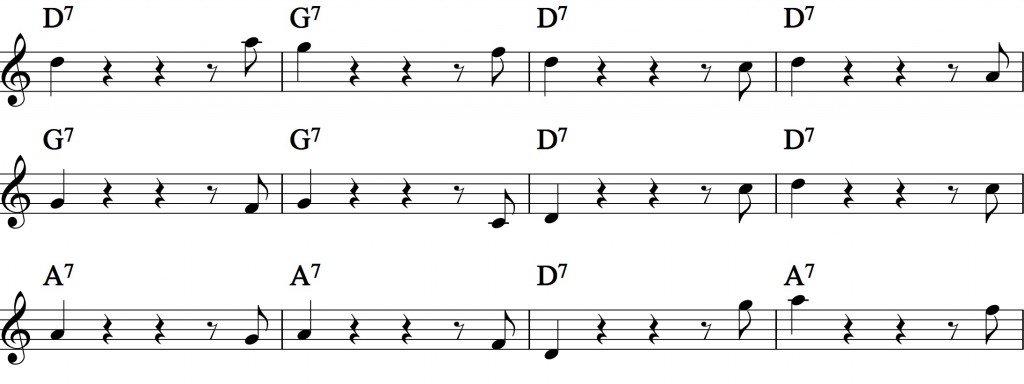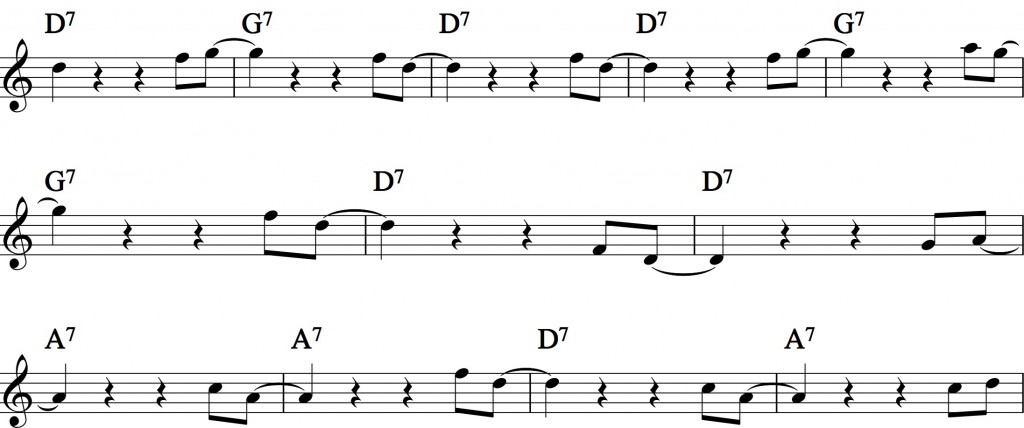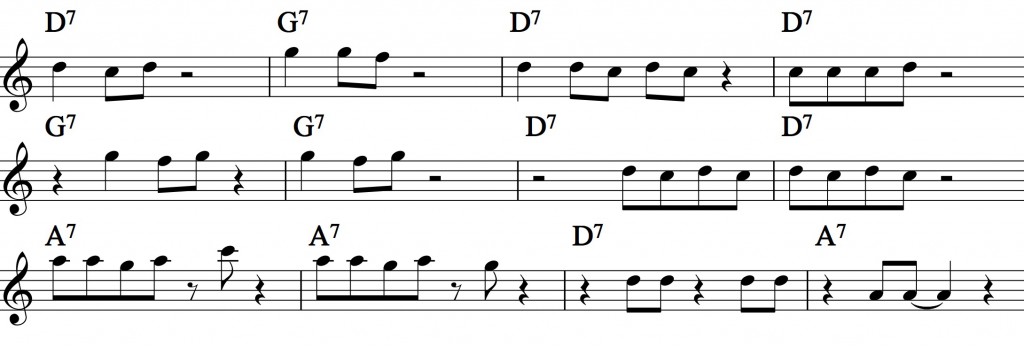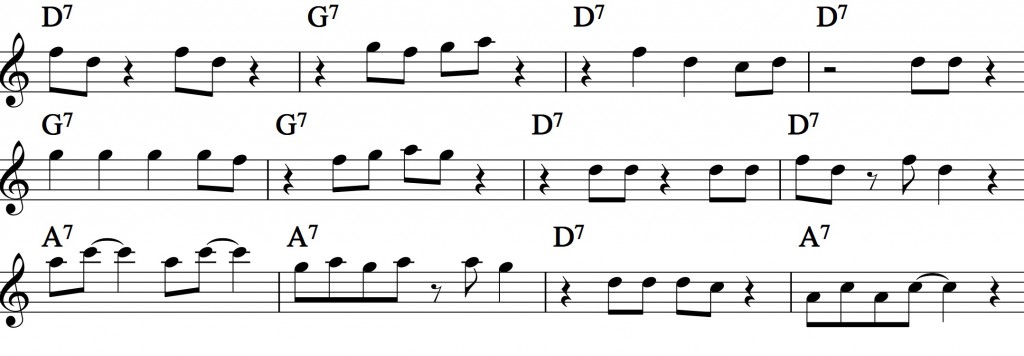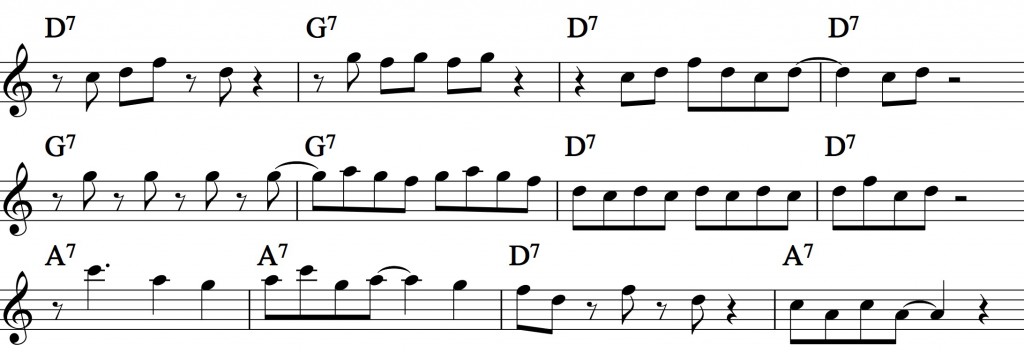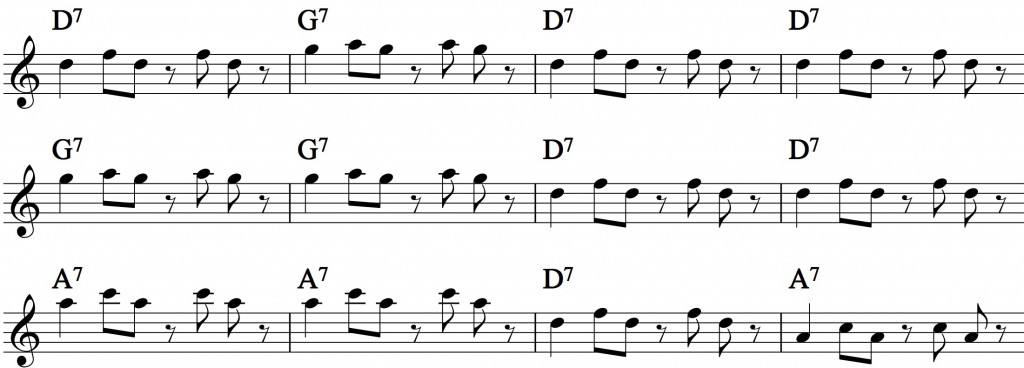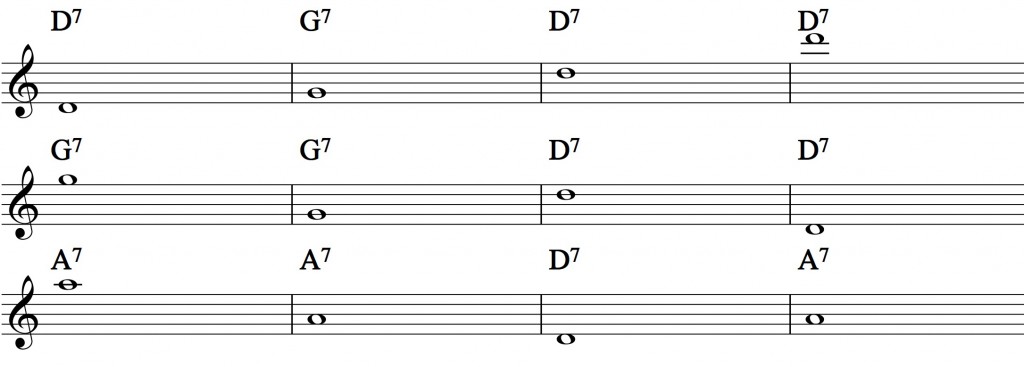A lot of times in jazz you hear a great solo and suddenly a super fat blues lick.
Between the somewhat complicated lines many players often add a super great over the top blues line.
Blues and jazz are right out of the same bag. Learn here how you can play and mix both
In this video I go through some blues scales and blues licks and how to apply on different chord progressions
LINK TO VIDEO
In this tutorial
What is the blues sound?
Why does blues work?
The common blues scale
Blues licks
Using the blues sound in chord progressions
Get the full transcription of the lesson:
https://www.patreon.com/posts/47709359
Get more value from the Youtube lessons by supporting me:
https://www.patreon.com/sorenballegaardsaxophonelessons
Get the free E-book material on saxophone practice – sign up for my newsletter: https://bit.ly/subscribetomynewslettersorenballegaardsaxophonelessons
Video links:
“Blues licks and scales compendium”
Patreon:
https://www.patreon.com/posts/47710439
Shop:
https://sorenballegaard.dk/product/blues-licks-and-scales-compendium/
BASIC BLUES – SOUND GREAT WITH ONLY ONE PENTATONIC SCALE
https://youtu.be/NaK81KNJBiI
Dave Brubeck tune – take 5
https://www.youtube.com/watch?v=tT9Eh8wNMkw
Dizzy Gillespie – Birks Work
https://youtu.be/nW8i_UfqYNw
Subscribe for more free saxophone videos and lessons: https://www.youtube.com/c/SørenBallegaard
Lesson tutorials and live online lessons – check my shop:
https://sorenballegaard.dk/shop
Contact me for video exchange lessons or live online lessons
https://sorenballegaard.dk/saxophonelessons/
Facebook: https://www.facebook.com/groups/sorenballegaardsaxophonelessons
Instagram: https://www.instagram.com/sorenballegaard
Website: https://sorenballegaard.dk
Twitter: https://twitter.com/SorenBallegaard
My setup:
Video camera: https://amzn.to/2S7hrUv
Web-cam: https://amzn.to/3cf71cb
Music notation software – https://amzn.to/3gHW1ag
2x computer monitor – https://amzn.to/3gIclIm
Mini keyboard for music notation – https://amzn.to/3sVufcWTenor saxophone: Selmer MKVI 82xxx
Mouthpiece is an old Otto Link Babbit – refaced from opening 6 to opening 8/8,5
Alto – The Martin Alto
Soprano – Yanagisawa Elimona
Tenor reeds – https://amzn.to/2Qrk8zz
Alto reeds –https://amzn.to/2Pwv8Lu
Soprano reeds – https://amzn.to/3vnHfJS
Saxophone strap – https://amzn.to/3sV20Lt
Alto mouthpiece – https://amzn.to/3sZvdF0
Soprano mouthpiece – https://amzn.to/2R6mvI0
Alto Ligature – https://amzn.to/3xvCn7E
Tenor Saxophone Case – https://amzn.to/32SD1xG
Alto Saxophone Case – https://amzn.to/3aIqxgu






